AudioQuest DragonFly V1.2 USB DAC Review
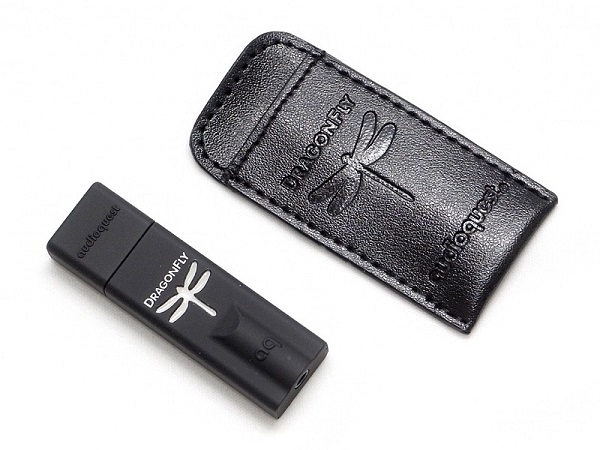
AudioQuest, a part of the Quest Group, is an American manufacturer of high-end audio cables and accessories. In 2012, they released a small pen-drive sized USB DAC called DragonFly. Many reviewers and audiophiles called it a game changing USB DAC, back then, and it went on to become great commercial success in the world of computer audio. Since then, many have attempted to create similarly sized USB DACs and the market is currently flooded with many small USB DACs for use with computer audio and certain portable devices. This year, AudioQuest released an updated/tweaked version of the DragonFly and aptly named it as the DragonFly V1.2. AudioQuest has not only tweaked the original DragonFly USB DAC for better performance, they even reduced the price to USD 150 (equivalent of INR 9000) making it within the reach of a wider audience of computer audiophiles.
Features & Functionality
One of the key visible difference by which one can identify the DragonFly V1.2 from the original V1.0 is the 3.5mm headphone jack—it now sports a grey colour instead of the original black colour. The DAC is actually designed with only the most practically essential functions that includes:
-
The 3.5mm jack that can power headphones directly or can be used to connect to a Pre-amp/Amp too.
-
64 position (computer controlled) analogue volume control. There are no channel imbalance issues here that some manual volume controls are by design plagued with.
-
Asynchronous USB data transfer feeding a 24bit ESS Sabre DAC. So there is no need for an external Asynchronous USB to S/PDIF or TOSLINK converter that some Synchronous DACs require to sound good with computer audio.
-
The LED indicator, in the shape of a dragonfly, changes colour depending on the resolution of the music being played. Green for 44.1kHz, Blue for 48kHz, Amber for 88.2kHz and Magenta for 96kHz. It looks really cool in use. I wish it also had an option to turn the LED off when the audiophile in me wants to get into serious listening without any distraction from the playful LED.
-
The DragonFly is restricted to 24bit/96kHz playback. In practice, it does not really matter to me because most of my collection is actually within that limit. And even if I occasionally ended up with a 24bit/192kHz download, I simply make a 24bit/96kHz copy of it for use with most of my other practical non-reference setups.
-
Made in the USA. What a pleasant surprise to see a ‘made in USA’ tag at this price point!
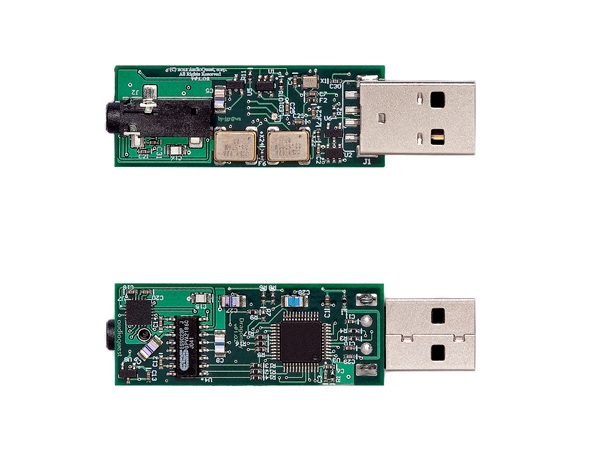
Setup & Performance
The AudioQuest DragonFly V1.2 USB DAC comes with a removable dust cap and a small protection pouch as part of the included accessories. The entire body of the DragonFly V1.2 is encased in a rubberised material that gives it a nice grip/feel and a smart looking matt finish. I plugged the DragonFly V1.2 into my CPU’s USB port and gave it a continuous 50 hours burn-in. I then sat down to listen to the DragonFly using two of my favourite headphones—the Fostex T50RP and the Sennheiser HD650. Both these headphones give me different perspectives and I use them according to the content I choose to listen to.
I have my collection of FLACs saved in my Dell Vostro computer’s hard-drive that includes 16bit/48kHz that I have carefully ripped/tagged from my collection of CDs and 24Bit/96kHz FLACs that I have bought/downloaded directly from the service provider. One of my recently discovered favourite music album is Random Access Memories by Daft Punk in 24Bit/88kHz. At about 50% volume the HD650 gets comfortably loud for me and it completely allows me to immerse into the performance. When I first listened to the DragonFly V1.2, out of the box, I felt that the bass was a little over powering for my taste. With burn-in, the bass is now cohesively stouter and does not draw any attention to itself. Burn-in has also opened up the soundstage and placement of instruments for the better.
The T50RP is an old school semi-open orthodynamic headphones, used by sound engineers on shoestring budget, that is notorious for rolling off frequencies on both extremes. The HD650 on the other hand is a dynamic open-back headphones that has a wide frequency extension and is a benchmark for many audiophiles. The T50RP has this unique ability to pick-up micro details from poorly mastered old Indian recordings that the HD650 simply smoothens out for a cleaner and pleasing presentation. For this reason, I use the T50RP to listen to old Indian recordings that do not have too much of frequency extension and it plays those old recordings faithfully well and they are also more 03 dimensional on the T50RP than on the HD650. When listening to more pristine and well mastered western recordings, the HD650 is simply no match for the T50RP.
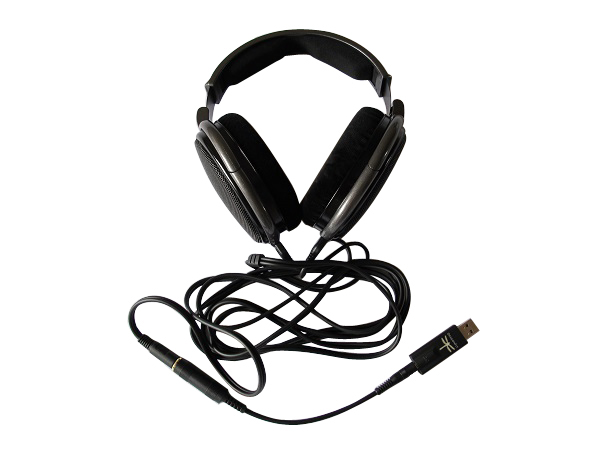
Listening to some South Indian songs sung by K. J. Yesudas from early 1980s, I was able to hear microphone feedback and other artefacts with the T50RP that I just could not hear with the HD650. The DragonFly V1.2 has this unique ability to retrieve all the details in the recording without ever getting clinical at all. I could listed to this little USB DAC all day long without any listening fatigue.
There are some live recordings of Mohammed Rafi, possibly concerts from the 1970s, that was remastered and released by Universal in India. I have them ripped and stored as 16bit FLACs. The lead singers’ voice is captured very well but the passages where the crowd is cheering, in the venue, is not very clear enough, either because of poor recording equipment used at that time or the data may have faded from the master magnetic tapes, over the years due neglect. I use these recordings as an acid test for testing DACs. Very few DACs, that I have tried, has been able to resolve and give some credibility to the sound of the cheering crowd in these recordings. With the DragonFly V1.2 what I heard was merely a very unclear and almost distorted sound—quite honestly, I was not expecting a DAC powered by the computer’s 5v USB power supply to actually pass this really challenging test. There are very few recordings in my collection which are actually this complicated and challenging.
With most of my other well recorded and mastered music, the DragonFly V1.2 displayed a good balance of texture, timbre, timing, separation, placement and soundstage. Even the spectral balance is faultless, to my ears, unlike some of the other detailed DACs that I already have that usually comes bundled with a compromise or two.
Comparison & Alternatives
I compared the DragonFly V1.2 with the Musical Fidelity (MF) V Series II system that I use as my desktop computer audio setup. This system consists of a V-DAC II (Asynchronous DAC) and V-CAN II (Headphone Amp) that is powered by a V-PSU II (Linear PSU). This MF V-Series II system cost me over USD 1000 (equivalent of INR 60K) with all the accompanying essential accessories and tweaks in 2012.
Listening to Kenny G’s music from the album Greatest Hits, using Foobar2000 with Wasapi Event option, the saxophone has more air, presence, body and texture with the DragonFly V1.2 than the MF gear. The differences are subtle but discernible. The MF gear also failed to pickup the micro details in the South Indian recordings and neither does it resolve the crowd cheering passages from Mohammed Rafi’s recordings, mentioned above, any better than the DragonFly V1.2.
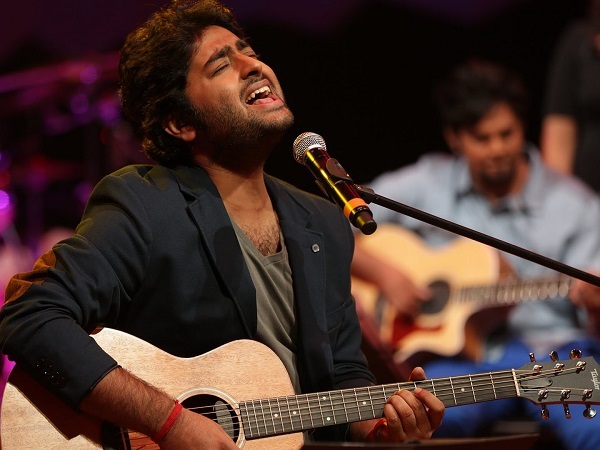
YouTube videos were a pleasure to listen to with the MF gear and they allowed me to discover new artists and their work, some of which are not available for sale. Asynchronous DACs almost always have a blacker background compared to their Synchronous counterparts. For this reason, I sometimes use a Musical Fidelity V-LINK Asynchronous USB to S/PDIF convertor with Synchronous DACs to wring out better performance when watching YouTube videos. Listening to Arijit Singh’s live performance of Tum Hi Ho at MTV Unplugged (Season 3), the MF gear had always sounded spot-on to me. Listening to this familiar performance with the DragonFly V1.2, I could hear better venue ambience, the background vocals are more audible and better placed, instruments had better attack and decay, and there is more ‘life like’ feel to the crowd cheering during the performance. These small differences actually helped me appreciate a familiar performance much better than ever before.
Sometimes, it’s hard to judge the performance differences between 02 devices when the quality of the recording/media is good. I have to give an analogy here to better explain this. I’ll take the inspiration from an alternate hobby—photography. If there are 02 compact cameras from 02 competing brands—say Canon and Nikon, equally priced, similarly specified/featured and targeting the same market, then choosing the better camera becomes a little tricky. The more you test them in broad daylight the harder it gets to pick the right/better camera. The best way to test them will be in low light conditions—the camera with low noise is the one to go for. Likewise, when I’m listening to DACs, I use old recordings to gauge performance differences. The lesser the quality of the recording, the greater the differences, of course, there is a point after which a poor quality recording cannot be revived by any DAC regardless of cost. I played YouTube videos of some old Indian movie soundtracks from 1980s, the MF gear focused more on what is missing in those recordings and the DragonFly V1.2 focused more on what is left of those same recordings—ear opening revelations there! Both DACs gave different perspectives and I enjoyed the focused, insightful, musical, agile and less noisy presentation of the DragonFly V1.2 better.
The DragonFly v1.2 leads the performance with more micro details, better cohesion and less laidback than the famous/infamous Musical Fidelity house sound. I’m amazed at how much the soundscape for USB DACs have changed over the last two years. So much computer audio performance from the DragonFly V1.2 for so little money!
I also took the opportunity to compare the DragonFly V1.2 with other USD 100 Synchronous DACs like the Acoustic Fun PocketDAC and the Audiotrak Prodigy Cube. There simply is no competition here until I throw in a Musical Fidelity V-LINK Asynchronous USB to S/PDIF convertor with some decent USB and digital interconnects into the equation. With this clunky, complex and expensive setup, I’m able to wring out better performance from the Acoustic Fun PocketDAC, but it still lacks the rhythmic precision, detail retrieval and finesse that the DragonFly V1.2 exhibits. The PocketDAC, on the other hand, allows me to watch TV in better fidelity than my TV’s headphone output due to the S/PDIF input that it comes with and it can be connected directly to the Tata Sky’s digital S/PDIF out. So a lot also depends on what one wants to do with a DAC.
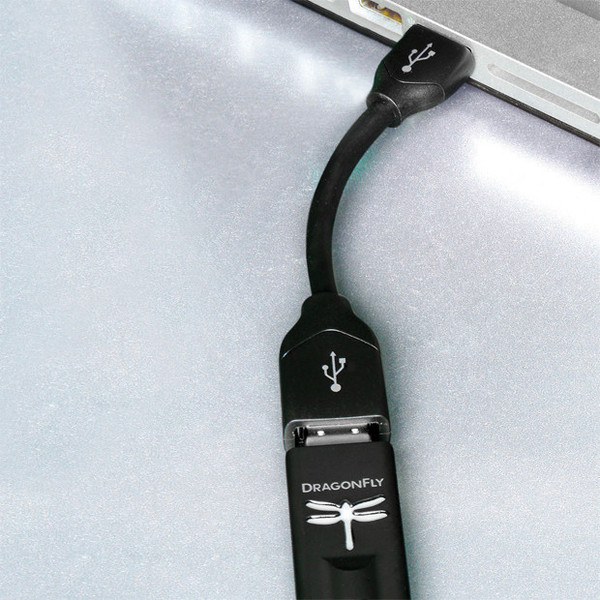
Accessories & Tweaks
The USP of the DragonFly is that there is actually nothing to tweak at all. It is as simple as just plug and play. There are no USB cable, digital cable, Asynchronous USB converter, linear PSU and other after market audiophile investments here. I think it is after a very long time that I’m actually listening to music instead of thinking about trying to tweak the sound for the better.
The accessory that I use with the DragonFly V1.2 is the DragonTail—an extension USB cable from the AudioQuest Carbon family of USB cables. It is priced at USD 17 (equivalent of INR 1000). It compliments and protects the DragonFly V1.2 from USB plug damage, in case you happen to accidentally bump on it, and wear/tear caused from constant plugging and unplugging of the male USB Type A plug from the computer or a portable device.
My only gripe with the AudioQuest DragonTail USB extender is that, in use, there is a 0.5cm gap that allows for dust/grime to settle and maybe even allow corrosion to set in on the exposed DragonFly’s male USB plug, over a period of time. I wish the female USB port of the DragonTail had a collar long enough to cover the male USB plug of the DragonFly, to make them look like they are one long single piece of accessory, cut and put together from the same AudioQuest fabric. Since AudioQuest manufactures both the DAC and its essential accessory, I’m sure this is a fixable issue and maybe they could consider reducing/removing the gap when they choose to release the DragonTail V1.2 in the future.
In order to facilitate the use of AudioQuest DragonFly V1.2 USB DAC with headphones, integrated amps and other devices, AudioQuest offers a wide variety of cables that suits the taste and budget of every type of audiophile. I’m yet to give them a spin though.
Ending Words
The AudioQuest DragonFly V1.2 continues to be ahead in the game of USB DACs, just like its predecessor, despite its price and size. It is actually more of an accessory than a USB DAC, in the sense that it travels with my headphones everywhere I go and all I have to do is just plug the accessory at the tip of headphones’ cable. I’m now able to enjoy good fidelity without carrying any cumbersome equipment around with my Laptop.
The AudioQuest DragonFly V1.2 USB DAC is highly recommended to anyone who appreciates the convenience of computer audio and also demands good fidelity on the go. Whether you are looking for a USB DAC for connecting a HTPC to a 02 channel audio system, setup a desktop computer audio system or for portable headphone applications with a Laptop, this little USB DAC does it all.
The Sennheiser HD650 headphones with the AudioQuest DragonFly V1.2 USB DAC makes for a very good match and I cannot think of a better performance for under USD 650 (equivalent of INR 40K) that this pairing has to offer.
The soundscape for USB DACs is evolving so fast that I’m amazed at how much performance has been packed within the 02 inches of DragonFly real estate. Truly a remarkable and commendable feat by AudioQuest!
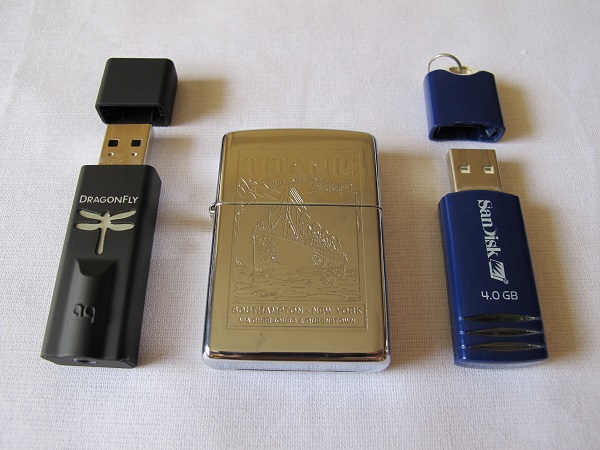
Pros
- Commendable performance—for the price and size.
- Comes bundled with a dust cap and a small protection pouch as included accessories.
- Made in USA.
Cons
- No option to turn off the mostly attractive and yet sometimes distractive dragonfly shaped LED.
- When the DragonTail is used with the DragonFly there is a 0.5cm gap between the two that awkwardly exposes the DragonFly’s male USB plug.
The pricing of the AudioQuest DragonFly V1.2 USB DAC in India may vary from what is mentioned in this review due to shipping charges, import fees and local taxes that may apply. AudioQuest is represented in India by Audio One. For more information on AudioQuest please click on this—LINK.
